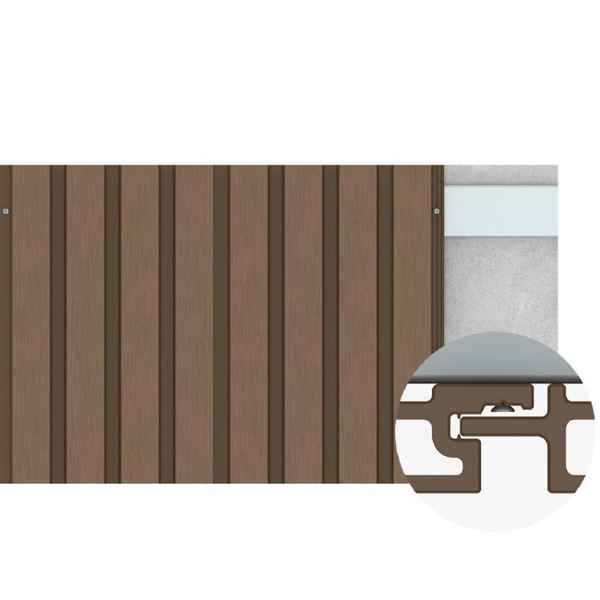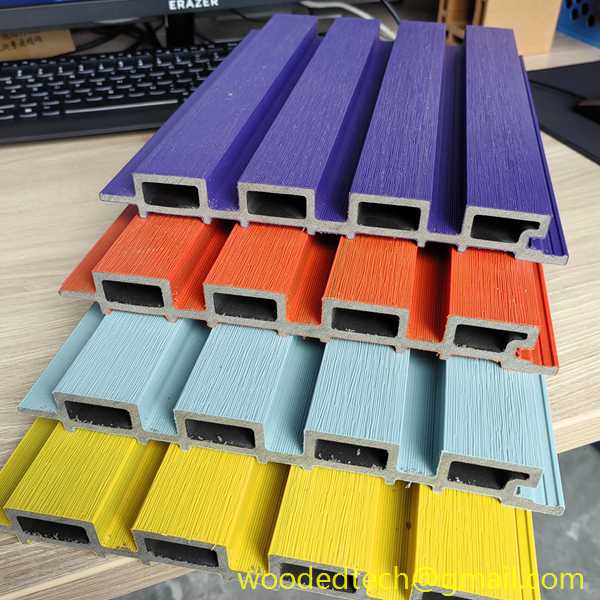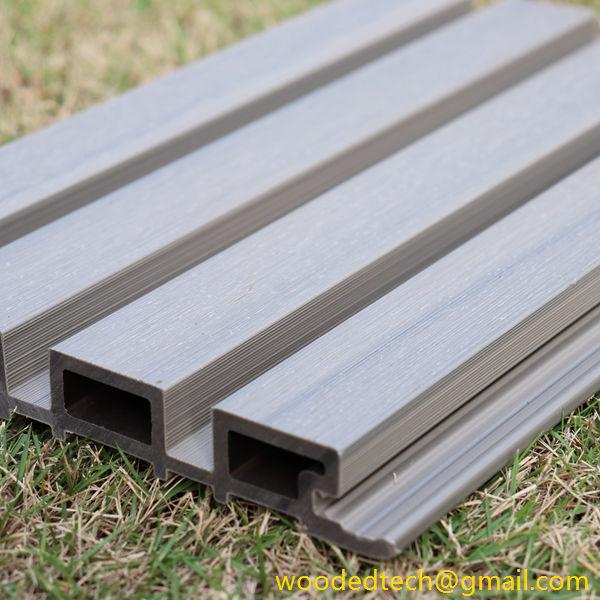WPC flooring, which stands for Wood Plastic Composite flooring, has gained significant traction in the market due to its unique combination of aesthetic appeal, durability, and ease of maintenance. This type of flooring is particularly appealing to both residential and commercial sectors, offering a versatile solution that caters to a wide range of applications. Understanding the details of WPC flooring is essential for market stakeholders, including manufacturers, retailers, and consumers.
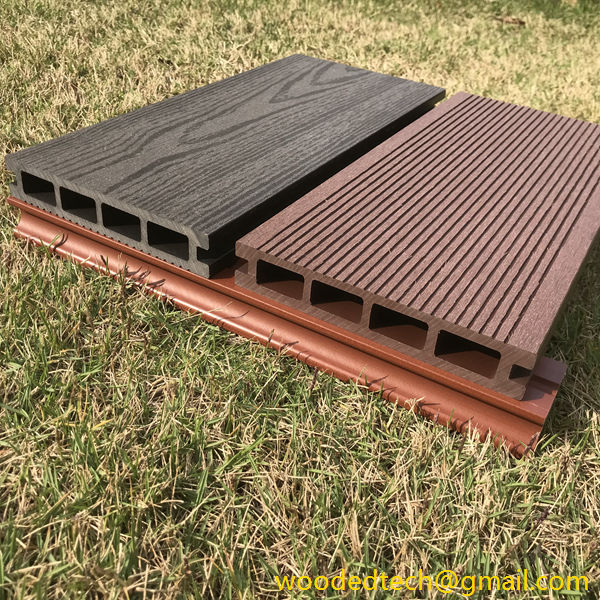
One of the primary advantages of WPC flooring is its composition. It is made from a blend of wood fibers and thermoplastic materials, which gives it the appearance of wood while providing enhanced durability. The wood fibers lend a natural look and feel to the flooring, making it an attractive option for homeowners and designers seeking a warm and inviting atmosphere. The thermoplastic component of WPC flooring contributes to its resilience, making it resistant to water, stains, and scratches. This characteristic is particularly beneficial in high-traffic areas or spaces prone to moisture, such as kitchens and bathrooms.
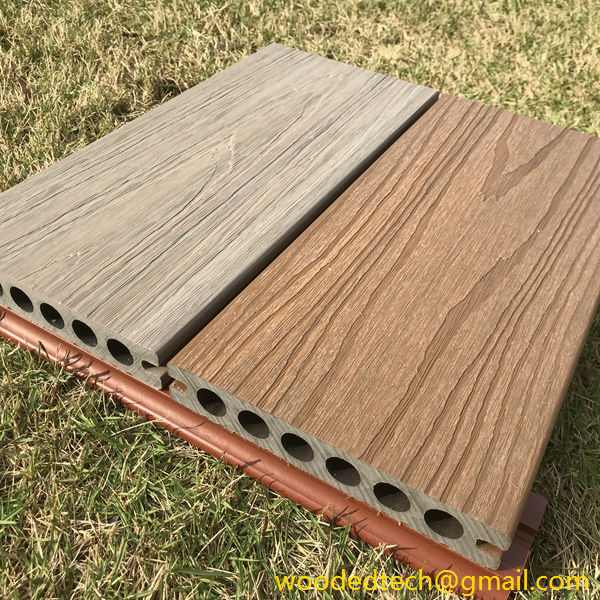
The manufacturing process of WPC flooring involves advanced technology that ensures consistency in quality and performance. The raw materials are carefully selected and processed to create a product that meets stringent standards for durability and aesthetics. The flooring is typically available in various styles, colors, and textures, allowing consumers to choose options that align with their design preferences. This versatility is a significant selling point in the market, as it caters to diverse tastes and interior design themes.
From a market application perspective, the demand for WPC flooring is driven by several factors. First and foremost, there is a growing trend toward sustainable and eco-friendly materials in construction and interior design. WPC flooring is often made from recycled materials, making it an attractive choice for environmentally conscious consumers. Additionally, its longevity and low maintenance requirements contribute to its appeal. Homeowners and businesses alike are increasingly looking for flooring solutions that can withstand the test of time without demanding excessive care or replacement.
In the residential sector, WPC flooring is often favored for its ability to mimic the look of traditional hardwood flooring without the associated costs and upkeep. It provides a cost-effective alternative that does not compromise on style or performance. Homeowners appreciate the ease of installation that WPC flooring offers, as many products come with a click-lock system that allows for straightforward DIY installation. This feature not only saves on installation costs but also empowers homeowners to take an active role in their home improvement projects. 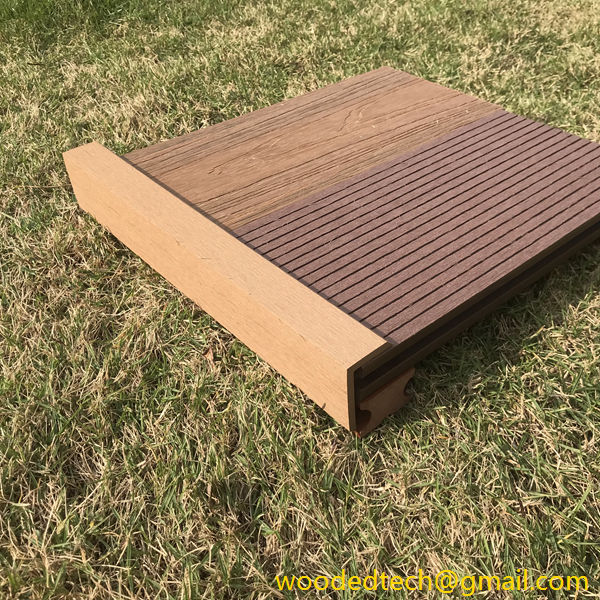
In commercial applications, WPC flooring is becoming increasingly popular in retail spaces, offices, and hospitality environments. The durability of WPC flooring makes it an ideal choice for high-traffic areas, where traditional flooring materials might suffer from wear and tear. Additionally, the ease of cleaning and maintenance makes it suitable for environments where hygiene is a priority, such as healthcare facilities and restaurants. The acoustic properties of WPC flooring also contribute to a more pleasant environment, absorbing sound and reducing noise levels in busy commercial spaces.
Another key aspect of the market application of WPC flooring is its resilience to environmental factors. Unlike traditional hardwood, WPC flooring is not susceptible to warping, swelling, or cracking due to changes in humidity and temperature. This stability makes it an excellent choice for regions with fluctuating weather conditions. Furthermore, the water-resistant nature of WPC flooring makes it suitable for installation in areas where moisture is a concern, expanding its applicability beyond conventional indoor settings to include outdoor or semi-outdoor spaces.
In terms of market trends, the WPC flooring segment has seen significant innovation in recent years. Manufacturers are continuously developing new products with enhanced features such as improved scratch resistance, advanced UV protection, and greater design flexibility. The introduction of various surface textures and finishes allows consumers to achieve their desired aesthetic while benefiting from the inherent advantages of WPC materials. These innovations are helping to solidify WPC flooring’s position as a leading choice in the flooring market.
As the demand for WPC flooring continues to grow, manufacturers and retailers must stay attuned to consumer preferences and market dynamics. Educating consumers about the benefits of WPC flooring, including its sustainability and ease of use, will be crucial in driving sales. Additionally, providing a wide range of design options and promoting innovative features will help attract a diverse customer base.
In conclusion, WPC flooring presents a compelling option in the market due to its unique characteristics, versatility, and durability. Its appeal spans both residential and commercial sectors, making it a valuable product for a variety of applications. As the market evolves, stakeholders must remain proactive in understanding consumer needs and adapting to emerging trends. With its combination of aesthetic appeal, practicality, and sustainability, WPC flooring is poised to maintain a strong presence in the flooring market for years to come. The continued emphasis on quality and innovation will play a pivotal role in shaping the future of WPC flooring and its applications across various industries.

